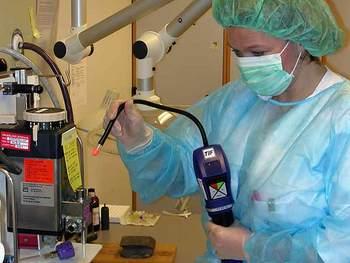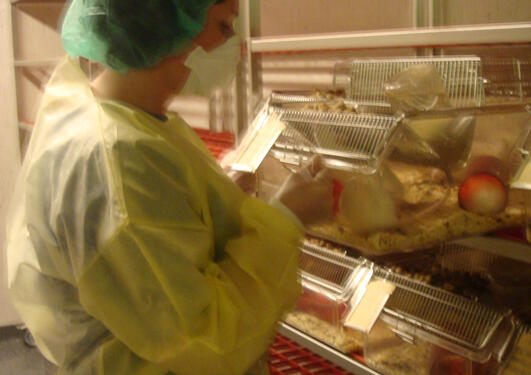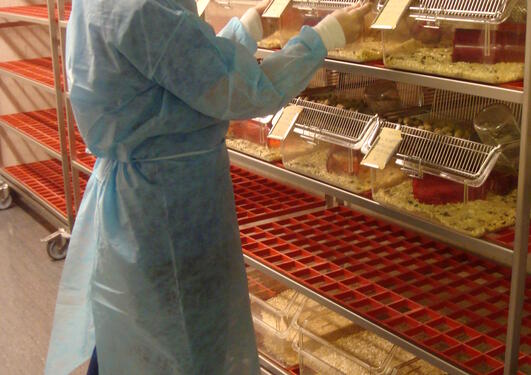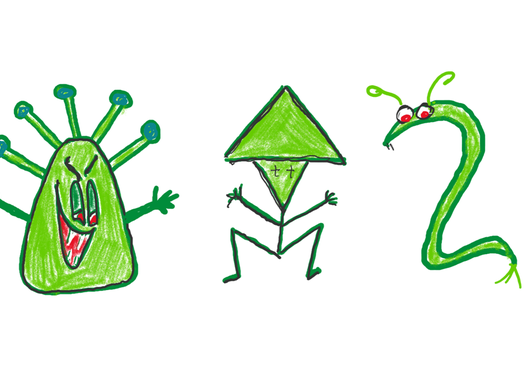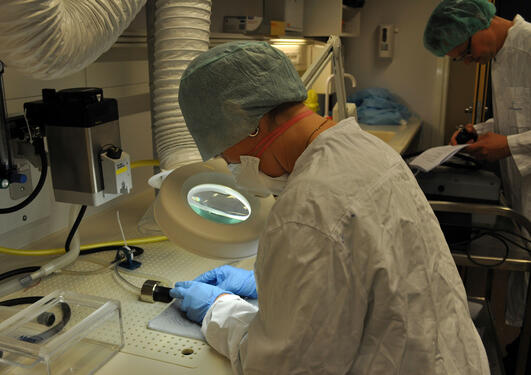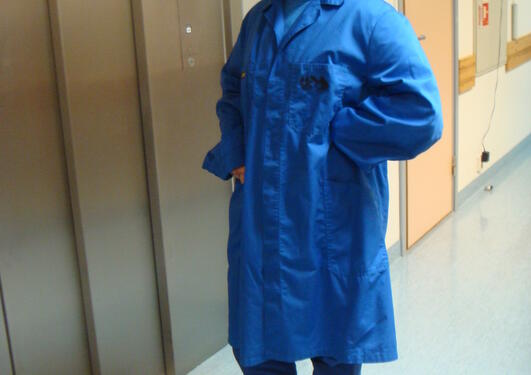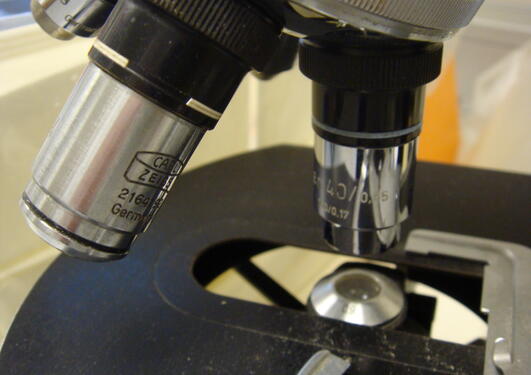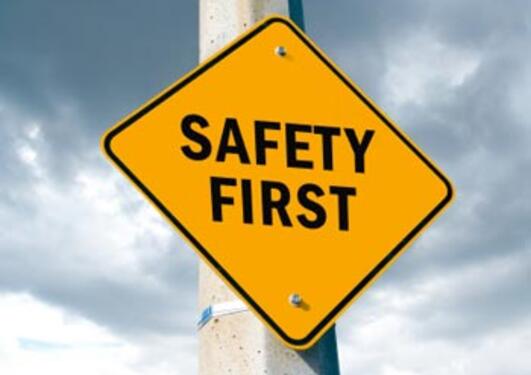Health and Safety (HSE) in the Animal Facility
To work with laboratory animals, in a research lab, involves many risk factors.

Main content
We must all contribute to a safe work environment. Each employee has the responsibility to help us achieve this. If you are working in the Lab Animal Facility at the University of Bergen, you will have to think safety in all work situations. Working in the Lab Animal Facility implies that one must comply with many requirements.
The most common issues particular for a laboratory animal facility, are exposure to allergens and anesthetic gases. It is important that personnel have the expertise and understanding of how best to protect themselves.
Moreover, many of the test substances we use in research can be dangerous if used carelessly.
You should:
- Be familiar with and comply with work processes, requirements and procedures
- Assess the risks before the work starts
- Verify that you have the necessary documentation before work begins
- Take the time to perform the work safely
- Always use safety equipment
- Ensure order and cleanliness in the workplace
- Always clean up after work
- Contribute to a good working environment
- Know the fire instructions and your own responsibilities in an emergency
- Report accidents, near-accidents and deviations
The lab animal facility has written procedures for most work activities. These are found in our quality control and HSE handbook. Many of them are also found by equipment and as posters. The procedures are to prevent that important issues are forgotten or overlooked. Always use the written procedures in the planning and execution of the work.
On this page you will find information and guidelines for the most common procedures associated with Health, Safety and Environment in the Laboratory Animal Facility.
We wish you a safe work day.
Sincerely,
chief veterinarian
Aurora Brønstad
